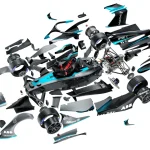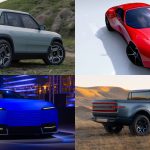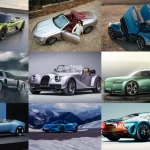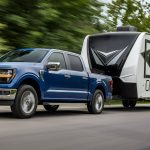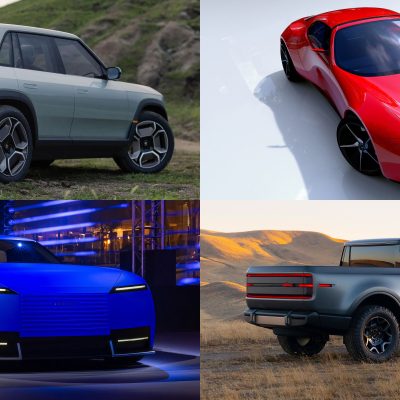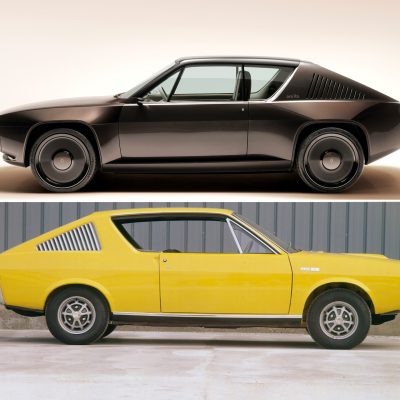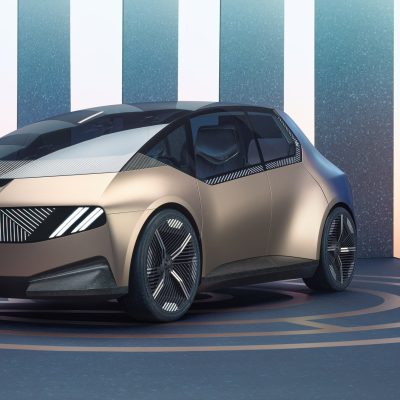When the automotive world and the tech world collide, you get something like CES — a sprawling arena of ideas where cars stop being just machines and start acting like mobile, connected living spaces. For anyone who lives and breathes auto innovation (hello — that’s me), the upcoming CES auto‑tech‑showcase is shaping up to be one of the most exciting events of the year. Here’s a deep dive into what to expect, why it matters, and what we gearheads should keep an eye on.
Why CES Matters for Automobiles
CES used to be about TVs, smartphones, and household gadgets. But over the past few years, it’s become a bona‑fide auto‑tech show as well — a place where cars are revealed and the underlying technology of cars is showcased.
Automakers, tech firms, chip‑makers, and start‑ups all converge here. The result: unveiling of new electric vehicles, autonomous driving features, voice‑driven interfaces, advanced sensors, and entire mobility concepts. In short: the car of tomorrow is often previewed at CES today.
Key Trends to Watch at CES
Here are the big themes you should be prepared for:
1. Advanced In‑Car Experience & AI Assistants
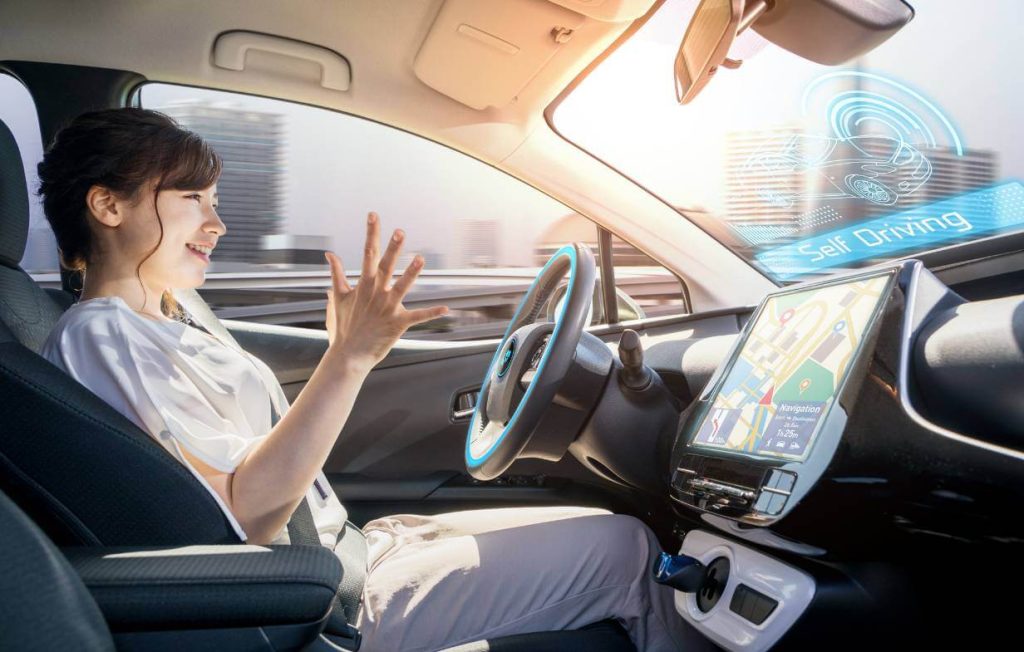
The idea of the car as simply “transport” is long gone. At CES expect displays of:
- AI‑powered voice assistants that can handle navigation, home connectivity, entertainment, maybe even ordering your take‑out mid‑drive.
- Cockpits that are more “living room on wheels” than dashboard + steering wheel. Think big screens, augmented reality (AR) windshields, and display systems that adapt to passengers and driver alike.
- Biometrics and driver‑monitoring: cars that detect drowsiness, distraction, emotional state, maybe even heart‑rate, and respond accordingly.
Why it excites me: Because driving is becoming as much about interaction and experience as horsepower. The car will be your workspace, your entertainment hub, your safe cocoon — all wrapped into one.
2. Autonomous & Software‑Defined Vehicles (SDVs)
The buzzwords are everywhere, but the tech is getting real:
- More robust sensor suites (LiDAR, RADAR, camera fusion) with higher resolutions and better detection.
- Software platforms that allow updates post‑purchase, vehicles that evolve.
- Car‑to‑everything connectivity (V2X) guaranteeing the car isn’t isolated but part of a broader mobility ecosystem.
- Demonstrations of higher‑level autonomy or autonomous modules that are closer to reality than ever.
Why I’m looking: Because the future of driving is shifting from raw mechanical power to digital power—how well the car thinks, connects, adapts. For the gear‑lover in me, it means less “pedal to the metal” and more “how well does the machine anticipate you.”
3. Electrification & Supporting Infrastructure
Electric vehicles (EVs) are no longer niche; they’re front and center. At CES we’ll see:
- New electric vehicle models or concept vehicles.
- Advances in battery tech, charging architectures (800 V systems, ultra‑fast charging), battery longevity.
- Infrastructure systems: smart charging, grid integration, vehicle as energy storage, bidirectional charging.
- Sustainability‑driven materials and design: recycled interiors, carbon‑reduced manufacturing.
What drives me: It’s not just about “zero emissions.” It’s about how seamlessly EVs integrate into lives—how fast they charge, how smart they are. The automotive future is electric + intelligent.
4. Mobility Concepts Beyond Traditional Cars
We’re talking modular vehicles, flying cars or eVTOLs, shared autonomous platforms, and vehicles re‑imagined for new uses (delivery, ride‑share, urban micro‑mobility). At CES expect bold ideas like:
- Modular vehicle platforms that can transform function (from personal use to cargo).
- Mobility services as a product, not just cars‑for‑sale.
- Concepts that include multi‑modal integration (car + air + shared mobility).
What that signals: The car isn’t just a car anymore. It may be part of a network, a module in a system, a platform for services. The future is mobility‑centric, not just vehicle‑centric.
5. Sustainability & Materials Innovation
Less horsepower, more conscious design. Key expectations:
- Interiors made from recycled plastics, natural fibers, and sustainable textiles.
- Lightweighting without compromising performance, as EVs still need efficiency.
- Integration of renewable energy systems (solar panels on vehicles, charging systems integrated with home energy).
- Circular economy initiatives: manufacturing with reuse in mind.
Why I care: Because supercars and high‑performance machines have always come with large footprints. Seeing the industry pivot toward sustainability means passion meets responsibility.
Concrete Things to Expect/from the Floor
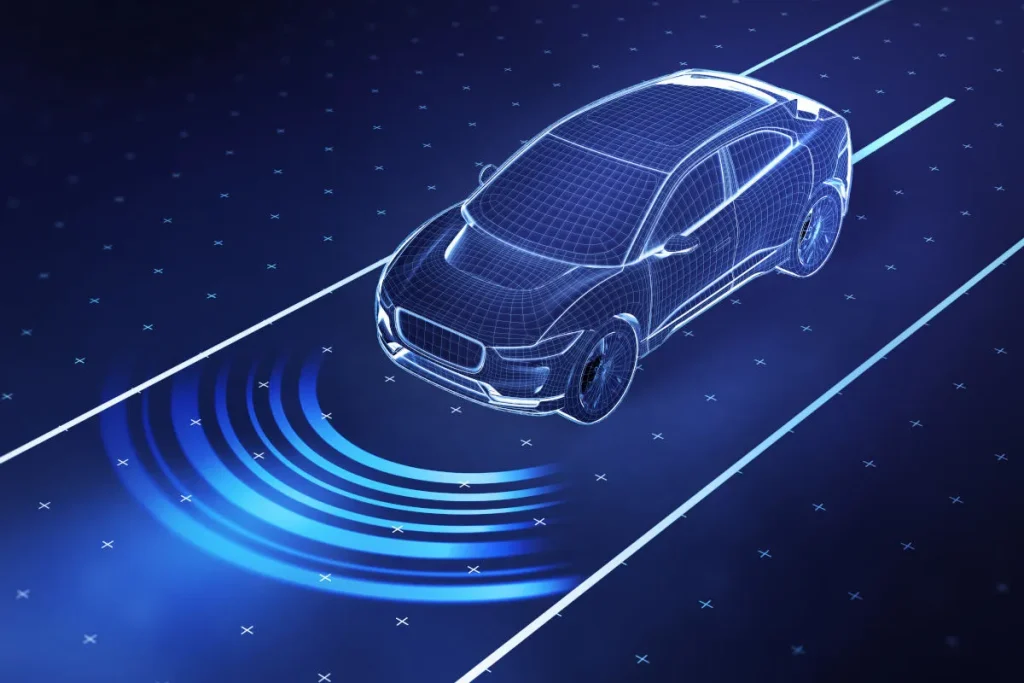
Here’s what I specifically anticipate walking around the booths next time:
- A major OEM unveiling a production‑ready electric vehicle with heavy tech integration (big screens, AI assistant, high‑range).
- A start‑up showing off advanced LiDAR or sensor system with 1,000+ channels or very high resolution.
- Demonstrations of augmented/virtual reality HUDs — projecting navigation and alerts directly onto the windshield.
- Voice control platforms that let you do more natural conversation with the car: “Send this route to home, play my playlist, check charge status.”
- Modules of charging infrastructure or bidirectional charging demos (“your car charges your home when parked”).
- Concept vehicles that break from car form: modular chassis, transformable interiors, new mobility uses.
- Significant emphasis on software updates, connected vehicles, car as “living” device; maybe an SUV or sedan that plays games, streams content, is your mobile office.
- Sustainable materials being trumpeted not as “just green” but as “high‑performance & luxury” materials.
- Big tech‑brand collaborations with automakers (software‑machine interface, chip provider + OEM).
- Discussion panels on safety, regulation, ethics of autonomous vehicles, and how tech integrations impact driver distraction, user‑interface design.
What This Means for Consumers & Enthusiasts
- If you’re shopping for your next car: Expect the “smart” premium to grow. The value will increasingly be in software, connectivity, and usability, not just engine specs.
- For performance lovers: The engine may matter less than how intelligent the car is. How good the adaptive suspension, how smart the handling, how integrated the car is with your life.
- For adopters of EVs: The ecosystem is improving. Faster charging, smarter integration, better materials. The excuses around range anxiety or slow infrastructure are shrinking.
- For gear‑heads: The experiences inside the car may become as thrilling as the drive itself. The “wow” moment may shift from 0‑60 to how the car anticipates you, how immersive the cockpit is.
- For mobility watchers: The car’s role in society is changing. It’s not just about ownership; it’s about accessibility, sharing, integration with other modes of transport. CES will give clues about what the “car of tomorrow” looks like today.
Why I’m Personally Excited
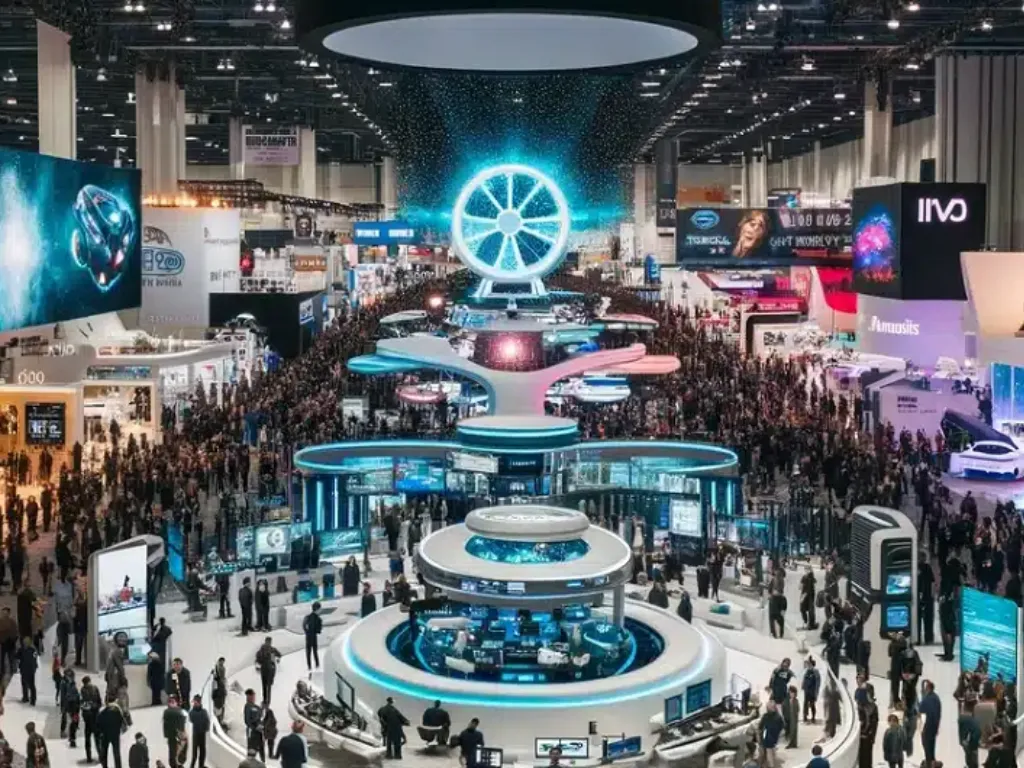
As someone who loves the visceral side of driving—the rumble, the handling, the pure physical joy—some might see all this “tech and software” as a threat. But I disagree. I see it as evolution. The car is becoming smarter, more seamless, more integrated. The roar of engines might fade, but the thrill of being in command of something brilliant, responsive, and alive remains.
CES gives us a glimpse behind the curtain. It shows what engineers, designers and dreamers are building when no one’s watching. It’s where tomorrow’s supercars and mobility systems are born in prototype form. For me, it’s as exciting as an auto show, but with the added dimension of technology that could reshape everything.
Final Thoughts
If you’ll be following next year’s CES auto‑tech showcase (or maybe even attending), get ready for more than just shiny new cars. Expect the intersection of mobility + intelligence + sustainability. Expect vehicles that don’t just move you, but know you. Expect infrastructure, ecosystems, and services being revealed along with torque, horsepower, and top speed.
In short, buckle your seatbelt: the next chapter of the automobile is coming, and CES is where you’ll first see its roadmap.

